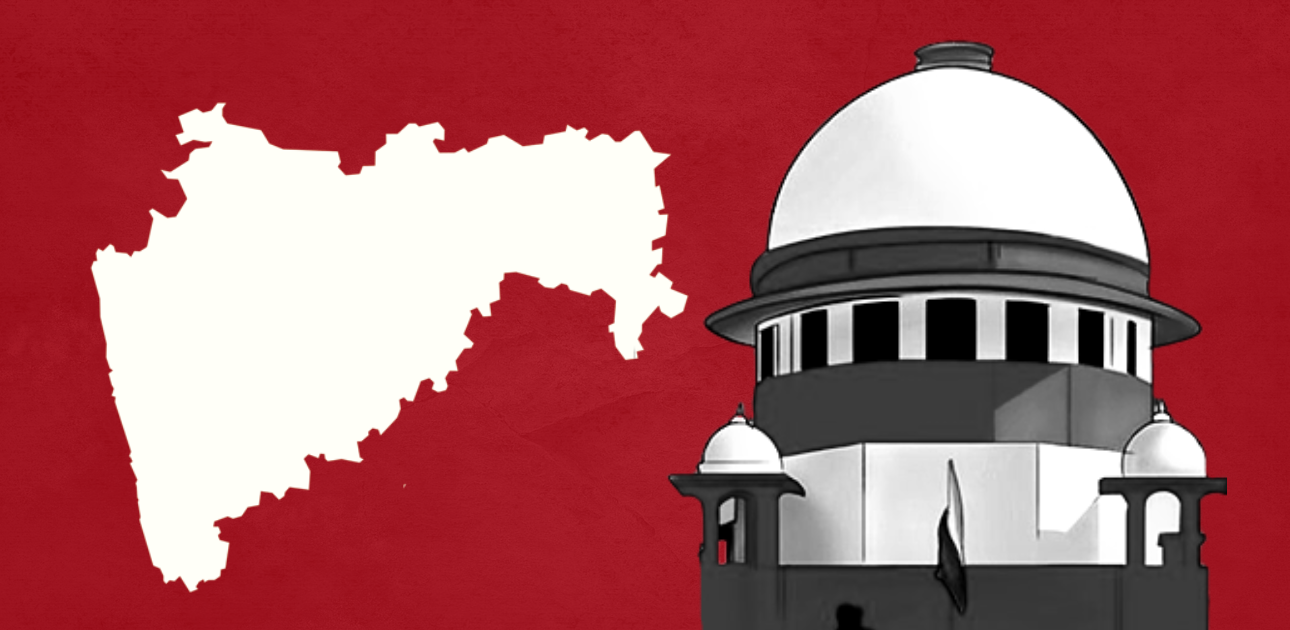On February 17 this year, the Election Commission of India (ECI) allowed the Shinde faction to retain the ‘Bow & Arrow’ symbol of the Shiv Sena under the Symbols (Reservation and Allotment) Order, 1968. Subsequently, the Supreme Court ruled in Subhash Desai versus Principal Secretary, Governor of Maharashtra and Ors, where one of the questions was whether the ECI could pass such an Order pending the disposal of disqualification petitions under the Tenth Schedule, the court ruled that ECI was well within its right to do so. Now, the court is set to hear the Thackeray faction’s challenge to the ECI Order of February 17.
—
TODAY, the Supreme Court agreed to hear the plea of former Chief Minister of Maharashtra Uddhav B. Thackeray challenging the Election Commission of India (ECI)’s Order that officially recognised the current Chief Minister Eknath S. Shinde’s faction as ‘Shiv Sena’.
The court is set to hear the plea on July 31.
The trigger
On February 17 this year, the ECI allowed the Shinde faction to retain the ‘Bow & Arrow’ symbol of the Shiv Sena under the Symbols (Reservation and Allotment) Order, 1968.
Paragraph 15 of the Symbols Order allows the ECI, having exercised due diligence in cases “where there are rival sections or groups of a recognised political party each of whom claims to be that party … decide that one such rival section or group or none of such rival sections or groups is that recognised political party.”
The Paragraph also makes the decision of the ECI in such cases “binding on all such rival sections or groups”.
Background
In June last year, Shinde and 16 other Shiv Sena members of the legislative assembly (MLAs) rebelled against Thackeray. Subsequently, the Maha Vikas Aghadi government, comprising the undivided Shiv Sena, the Nationalist Congress Party and the Indian National Congress, collapsed.
While disqualification petitions were instituted against Shinde and the 16 rebel MLAs by Thackeray, Shinde instituted proceedings before the ECI claiming to be the real Shiv Sena.
The ECI’s Order was based on the ‘test of majority’ (numerical strength) laid down by the Supreme Court in Sadiq Ali versus Election Commission of India (1971).
According to the ECI Order, the numbers favoured the Shinde faction in the legislative wing of the party.
As per an interim Order of the ECI, the Thackeray faction was allowed to rename itself ‘Shiv Sena (Uddhav Balasaheb Thackeray)’ and claim the ‘Flaming Torch’ as the party symbol.
On February 20 this year, the Thackeray camp challenged the ECI proceedings through a special leave petition filed before the Supreme Court.
According to the plea, the proceedings before the ECI had a direct bearing on the batch of petitions in Subhash Desai versus Principal Secretary, Governor of Maharashtra and Ors which was being heard by a Constitution Bench of the court pertaining to the constitutional crisis in Maharashtra.
Amongst other constitutional issues, the petitions concerned whether the role of the speaker of a legislative assembly as an independent tribunal under the Tenth Schedule assumes a constitutional hiatus when faced with a no-confidence motion.
By the time disqualification notices were issued against the Shinde faction, they had passed a no-confidence motion against the deputy speaker (the seat of the speaker was incumbent) for his removal. This led to a constitutional crisis on whether the speaker can decide disqualification petitions whilst facing removal.
Since this issue directly affected the disqualification petitions filed against the rebel MLAs, the Thackeray faction contended that the ECI could not have decided on the legislative majority whilst the disqualification proceedings against the MLAs of the Shinde faction were ongoing. However, the court refused to interfere and put a stay on the proceedings.
In its judgment on May 11 in Subhash Desai, the Supreme Court Constitution Bench observed that the proceedings before the ECI and the disqualification proceedings before the speaker pertained to different issues.
The ECI’s proceedings cannot be withheld indefinitely awaiting the decision of the speaker under the Tenth Schedule, the court said.
However, the court added that relying only on the test of legislative majority, as had been done in the case, was “futile”. The ECI must look at other tests such as the evaluation of the majority in the organisational wings of the political party, analysis of the provisions of the party’s constitution, or any other appropriate tests, the court averred.
The appropriate (and applicable) test will depend on the unique circumstances of each case. But the court added that the ECI Order will have a prospective effect. When the ECI proceedings are instituted after the alleged conduct of defection, the ECI Order cannot be relied upon by the speaker for adjudicating the disqualification petitions.


